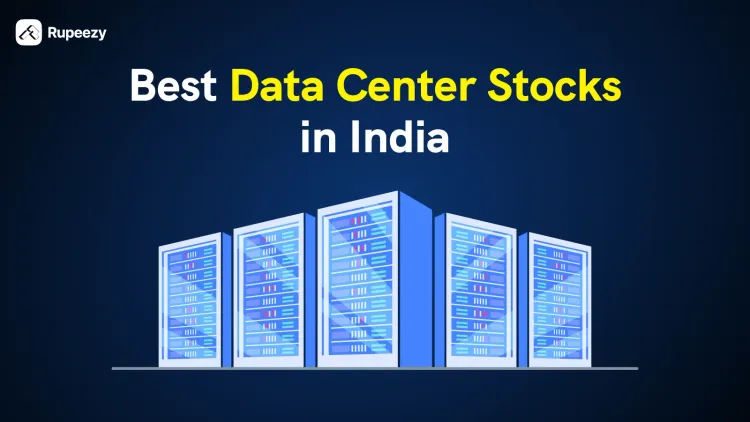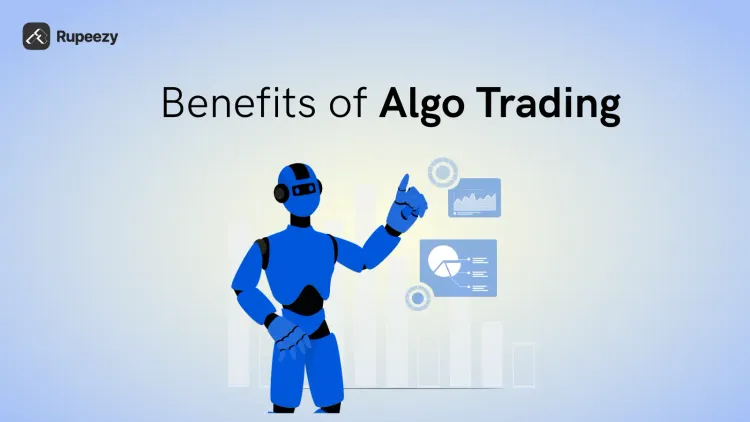IPO Listing
| IPO Name | End Date | Price Range | Lot Size | Min Inv. | ||
|---|---|---|---|---|---|---|
| VICTORY ELECTRIC VEHICLES INTERNATIONAL LIMITED | 09-01-2026 | ₹ 41-41 | 3000 | ₹ 123000 | View Details | |
Benefits of applying for
IPOs through Rupeezy
Enjoy numerous benefits of applying to IPOs with Rupeezy. You can apply to all upcoming IPOs in a fraction of time.
Apply to any IPO through the online application mode, no paperwork required.
Browse through all the details of the IPO and detailed analysis to help you make the right investment decision.

No Charges
Zero commission or charges on IPO investments, Zero account opening charge

Detailed Analysis
Access detailed analysis and reports for every IPO, make smart & informed decisions.

Paperless Investing
No physical documentation, seamless process, invest online in a few clicks

Quick account opening
Hassle free account opening in a few simple steps, end to end online process.

Trusted Name
Trade 20 years of trust with 1.5 lakh active traders across India

Same Day Pay-In and Pay-Out
Immediate pay-in & pay-out of funds through linked bank account
How to
apply for
an IPO at
Rupeezy?

Visit Rupeezy DOCK and navigate to IPO.
Here you can view all the IPO details like market lot, minimum bid quantity, price range, analysis
You can read the Red Herring Prospectus for the issue details.
Enter UPI ID for payment.

While placing the bid, enter the cutoff price or desired price in the range specified. Select quantity as per lot size.
Click the checkbox that you’ve read the prospectus and enter Submit to complete the order.
The amount is blocked once you complete the transaction. The money is transferred to the company after allotment or refunded to your account.
Explore Other Products

Rupeezy <> TradingView
Enjoy top-class trading experience enhanced by advanced TradingView charts.
Frequently Asked Questions
Q1. Can I revise or cancel my IPO application?
Q2. Where do I get an application form for an upcoming IPO?
Q3. What is IPO issue size?
Q4. How to subscribe to an IPO?
Q5. How to check an IPO start date?
Q6. Do I need a demat account for applying to an IPO?
Q7.What is minimum and maximum investment for an IPO?
Q8. Does an IPO always give profit?
Q9. What is an IPO or Initial Public Offering?
Q10. Why does a company launch an IPO?
Q11. What are the components of an IPO?
Q12. Who can invest in an IPO?
Q13. What is the eligibility and process for investing in an IPO?
Q14. What is IPO subscription period?
Q15. What happens after you apply to an IPO?
Q16. How to apply for an IPO on Rupeezy?
Q17. Where can I find the list of upcoming IPOs?
Q18. What are the key things to consider before investing in an IPO?
Enrich your financial knowledge through Rupeezy Blog








